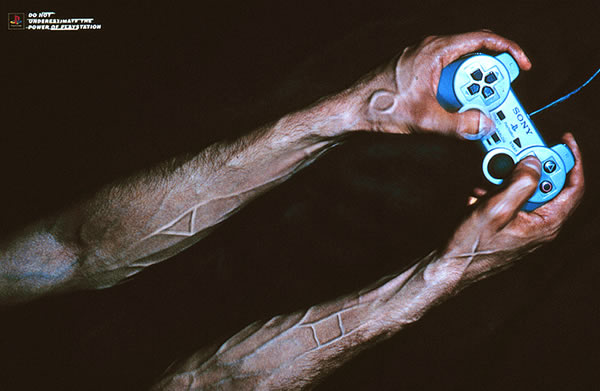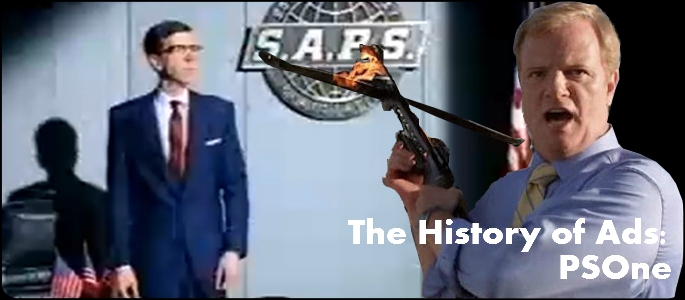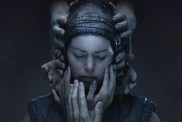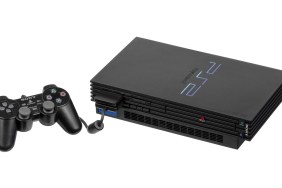In the early 90’s, Nintendo and Sega dominated the gaming market. Some of the largest electronics companies in the world like Philips and Panasonic had tried to enter the market space to compete with the reigning champions, but eventually conceded to the much smaller champions. In 1994, Sony entered the fight with its PlayStation. At the time, no one knew what to expect from the electronics giant, as so many other companies had failed to keep ground in the very tight gaming space.
Sony’s initial advertising method was to step outside of Nintendo and Sega’s shadow. To do this, they had to reach past the niche gaming demographic and advertise gaming in a way that it had never been done before. Their entrance to the gaming market was riddled with cryptic messages that seemed to confuse their audience while giving them something to think about. Their first commercial ended with the highly confusing tagline “[E]NOS Lives”. The red E being a play on words meaning ‘ready’. Leaving the letters ‘NOS’ to stand for the ninth of September, which was the release date for the PlayStation One.
Following the release of the PSOne, Sony transitioned their E campaign to “UR NOT E“. Telling their audience that they were not ready for the power of the PlayStation. This time the commercials started showing more gameplay from titles like Warhawk, Destruction Derby, WipEout, Tekken. Given that the majority of people had never seen games in a 3D space with such graphical depth, it was a brilliant move. In the days before the PlayStation Network, demos were not something that were widely available for any gaming medium. So, for the time, it was a big deal to see gameplay before purchasing a title. The only other company at the time to have a dedicated magazine was Nintendo, and being a cartridge based system caused the cost of creating game demos for advertising an unlikely proposition. Eventually, PlayStation Underground was born, a CD based publication that contained game trailers, interviews, cheat codes, and demos. This level of video game advertising had never been done before and helped ensure that the PlayStation succeeded where other systems like the 3DO, CD-i, and the Atari Jaguar had failed.
Eventually, the PlayStation One became a phenomenon and started producing iconic characters that led to dozens of commercials. Characters like Crash Bandicoot, Spyro the Dragon and Needles Kane (aka Sweet Tooth) became re-occurring stars in humorous videos played around the world. Much like Nintendo and Sega, Sony had developed their own icons.
Sony’s stance in the world gaming market had grown to levels that were starting to drown out the competition. Advertising campaigns were being played internationally and the general public was finally starting to see the mature and diverse side of gamers. PlayStation had pushed the gaming market into the young adult demographic and had shown that gaming was no longer just for kids. Setting aside the humorous antics of their mascots, Sony started to show that there was a passion within gamers of all types and had shown the masses what it meant to be a gamer. SCEE produced the Clio-award winning ad “Double Life”:
The “Do Not Underestimate the Power of PlayStation” slogan ended up being quite a popular one for Sony and was used in numerous images:

Sony also released a series of videos throughout Europe using their S.A.P.S. (Society Against PlayStation) adverts.
Sony had broken through where so many companies had failed. Their ability to reach new demographics at a time where gamers were reaching an age where they were thinking beyond mustached plumbers. At an age where the world was yours to explore and no one could match the expansive environments that the PlayStation had to offer.
Stay to tuned to PSLS to see how Sony’s next efforts would bring about the best selling video-game console ever, the PlayStation 2.








